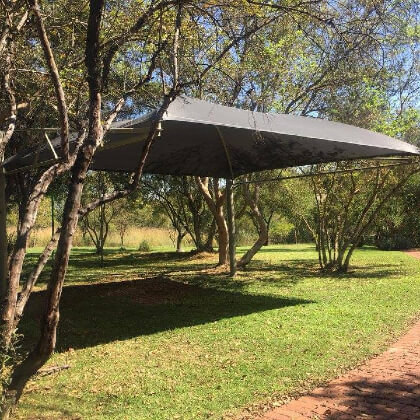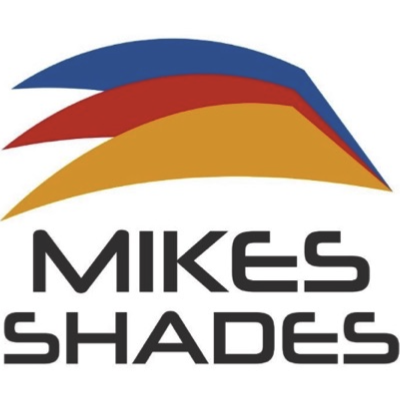
Many property owners choose shadeport structures to protect vehicles and outdoor spaces from harsh sunlight while keeping a modern, airy look. Some individuals, however, wonder if these canopies effectively handle rainfall or if water passes right through the fabric.
Below, we explore the composition of shade net, how it interacts with raindrops, and practical ways to enhance its protective qualities. The goal is to clarify the level of rain defense you can expect, helping you decide if this choice suits your outdoor needs.
How the Material Is Constructed
Shade net fabric consists primarily of high-density polyethylene strands woven together. This design creates a sturdy yet flexible covering that promotes airflow, reducing heat buildup under the canopy. At the same time, it filters out harmful UV rays, protecting vehicles, patio seating, or playground equipment from direct sun exposure.
When addressing the question of whether shadeport netting is permeable to water, it’s crucial to look at the specific weave pattern. The interlaced strands leave small gaps, which generally allow a portion of rain to come through. This distinguishing factor sets it apart from solid tarps or roofing materials, providing partial but not complete water resistance.
Even though raindrops can slip through the tiny openings, their force is somewhat dispersed, easing the impact on whatever lies beneath. Whether it’s a parked car or an outdoor sitting area, the moderated rainfall often proves sufficient for routine weather conditions. If desired, certain protective treatments or reinforcing layers can further boost water-shedding capabilities.
Weave Density and Rainfall Penetration
The tighter the weave, the more likely it is to minimize water seepage. High-density fabric weaves have strands that lie closer together, reducing how much rainfall can slip between them. In contrast, looser weaves permit more water to pass through but still help deflect the rain’s direct pressure, keeping the space underneath relatively comfortable.
Individuals who wonder if these net-based covers allow moisture to pass often compare different weave densities to match their regional climate. In areas prone to frequent or heavy showers, a tightly knit option can offer greater rain protection. Conversely, in drier settings, a medium-density net can strike a good balance between airflow and moderate defense against precipitation.
Though shadeports offer meaningful shelter, they shouldn’t be viewed as entirely waterproof under severe conditions. Over prolonged downpours, some level of water penetration is natural. Yet for light or moderate rainfall, the correct weave density can significantly reduce exposure, extending the lifespan of cars, furniture, or other valuables kept beneath the cover.
Enhancing Rain Protection
For those seeking improved rain defense, certain modifications can make a substantial difference. One approach is adding specialized coatings to the net, boosting its natural water-repellent properties. Another tactic is to ensure a slight slope or pitch within the structure, allowing droplets to roll off instead of gathering in pockets that could lead to drips.
Location and angle are also vital factors. Positioning the canopy near walls or windbreaks can reduce direct rainfall onto the shade net. Tightening the fabric at regular intervals helps keep it taut, limiting large water pools from forming. Clearing away leaves and debris ensures the canopy remains sturdy, so moisture flows off smoothly.
Ultimately, the concern many have regarding how well these flexible covers repel water hinges on careful setup and consistent upkeep. A well-installed and properly maintained canopy manages to decrease overall rain infiltration while keeping air circulating. This all-around functionality is why so many people find shade net covers an appealing option for covering outdoor areas.
In Conclusion
From the net’s woven structure to its density and upkeep practices, shadeport fabric generally permits some rainfall to pass through but still provides valuable protection against the elements. Many find that this setup strikes a good balance, reducing direct rain exposure while maintaining pleasant ventilation and sun relief.
If you’re in Gauteng and looking for shadeport solutions that provide reliable shelter from sun and moderate rain, we invite you to learn more about our offerings at Mike Shades. Get a free quotation today and discover how our structures can protect your vehicle or outdoor space effectively.

Mike Shades is an experienced shade netting specialist with over 13 years of expertise in manufacturing and installing high-quality shade structures. His dedication to providing cost-effective solutions with a 10-year warranty on materials reflects his commitment to excellence. Based in Gauteng, Mike’s innovative designs cater to various needs, ensuring top-notch service and unbeatable prices.



